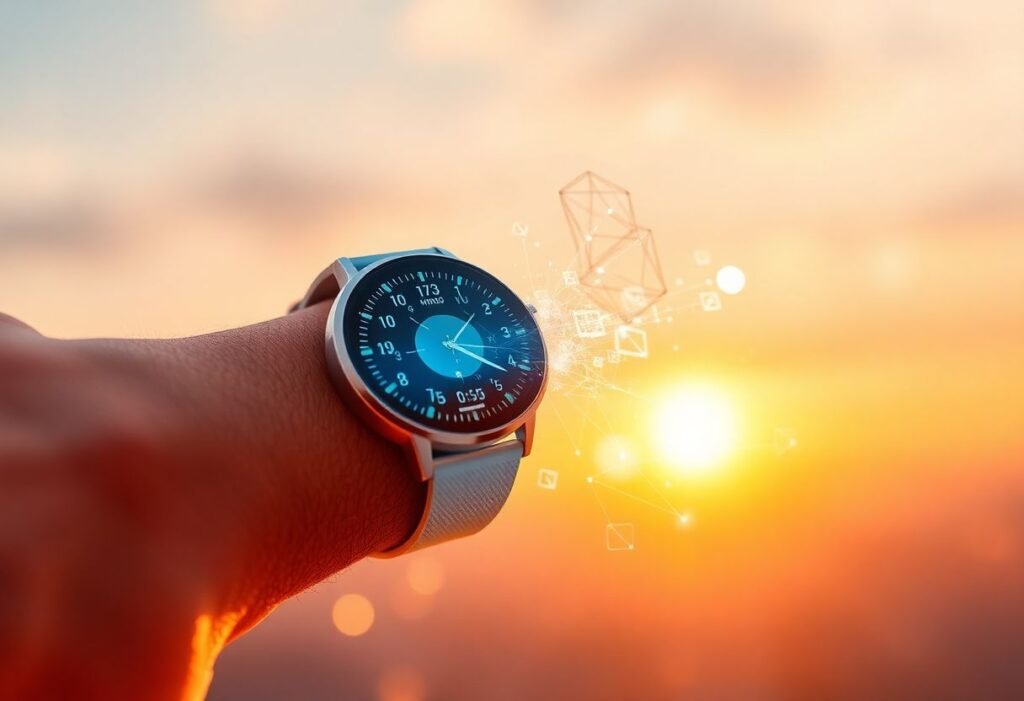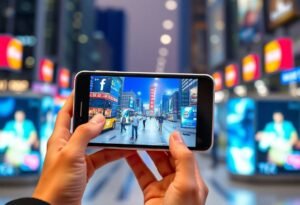The Internet of Things (IoT) has revolutionized various industries, and its impact on wearable technology is particularly transformative. As we delve into how IoT innovations are reshaping the wearable tech landscape, it’s essential to understand the implications for users and developers alike.
The Evolution of Wearable Technology
Over the past decade, wearable technology has evolved from simple fitness trackers to sophisticated devices capable of monitoring health metrics, providing real-time data, and enhancing personal interactions. Innovations in IoT have allowed these devices to communicate with one another and with larger networks, leading to what we call the smart ecosystem. This evolution has empowered users with advanced analytics and insights into their activities and health, making informed decisions easier than ever before.
Improving Health Monitoring Capabilities
The integration of IoT in wearable devices has significantly improved health monitoring capabilities. Devices such as smartwatches and fitness bands now have sensors that can track heart rate, oxygen levels, and even blood pressure. With constant data collection, users receive real-time feedback about their health. This continuous stream of data is not only invaluable for consumers but also for healthcare providers, who can monitor patient vitals remotely and intervene when necessary, ultimately leading to better health outcomes.
Enhancing User Experience Through Personalization
One of the key aspects of IoT in wearable technology is the ability to deliver a personalized experience. By leveraging data analytics and machine learning, wearable devices can adapt to individual user preferences and habits. For instance, smart fitness trackers can suggest personalized workout plans or dietary recommendations based on historical data. This level of customization enhances user engagement and satisfaction, encouraging users to maintain healthier lifestyles and keep using their devices.
Creating a Smarter Lifestyle
Wearable technology is no longer restricted to fitness and health; it has expanded into other facets of daily life. Smartwatches can now control home devices, manage calendars, and even facilitate contactless payments. This seamless integration of IoT into daily routines is enhancing the smart lifestyle experience. Moreover, fashion brands are beginning to blend traditional fashion with tech through smart jewelry and clothing, further diversifying the impact of wearable devices within consumer culture.
Challenges of IoT in Wearable Technology
Despite the many benefits, the deployment of IoT in wearable technology presents challenges. Data privacy and security remain significant concerns, as these devices continuously collect and transmit sensitive information. Developing robust security protocols is imperative to ensuring that user data is protected from cyber threats. Additionally, there are concerns regarding the reliability and accuracy of data collected by wearables, which can vary significantly and affect user trust.
The Future of IoT and Wearable Technology
The future of wearable technology seems promising as IoT continues to advance. Innovations such as augmented reality (AR) integration and AI will likely influence the capabilities of wearables, enhancing functionalities and user experiences. As the technology progresses, we can expect more intuitive and efficient wearables that will revolutionize how we perceive health and connectivity. The ongoing evolution of IoT will undoubtedly keep pushing the boundaries of what’s possible in wearable technology.
This article provides an overview of how IoT is transforming the wearable technology landscape. It is important to note that advancements are ongoing, and results may vary based on individual circumstances and technology adoption.





















